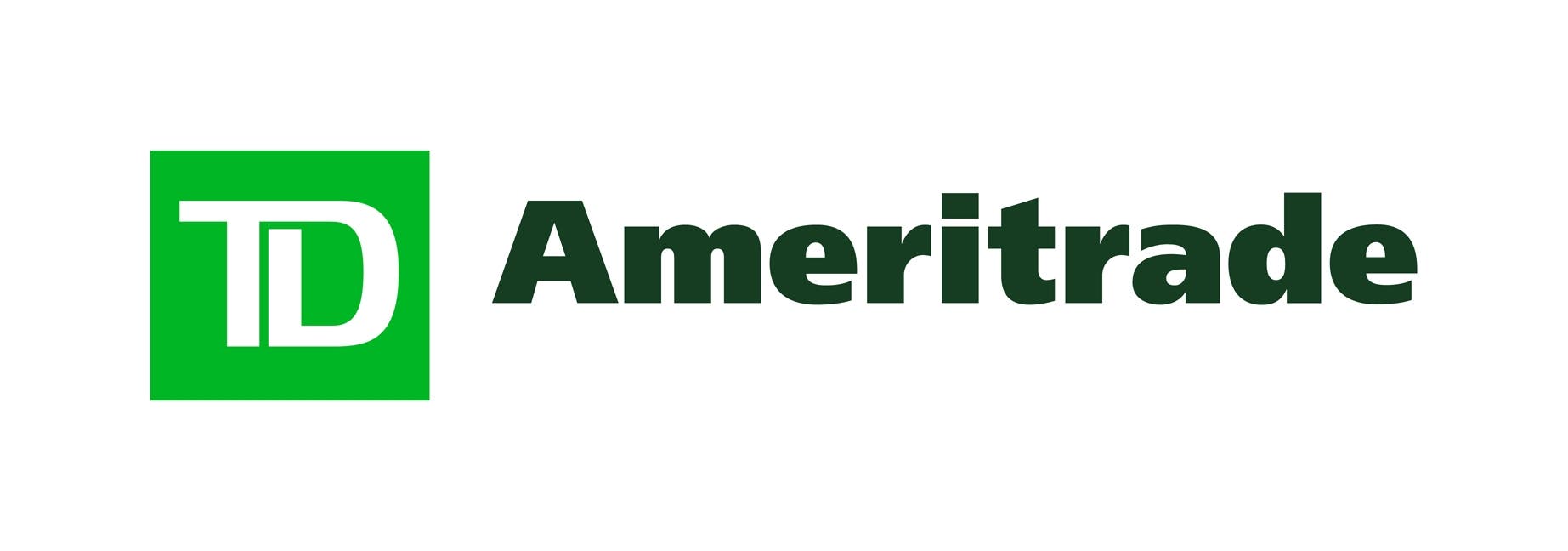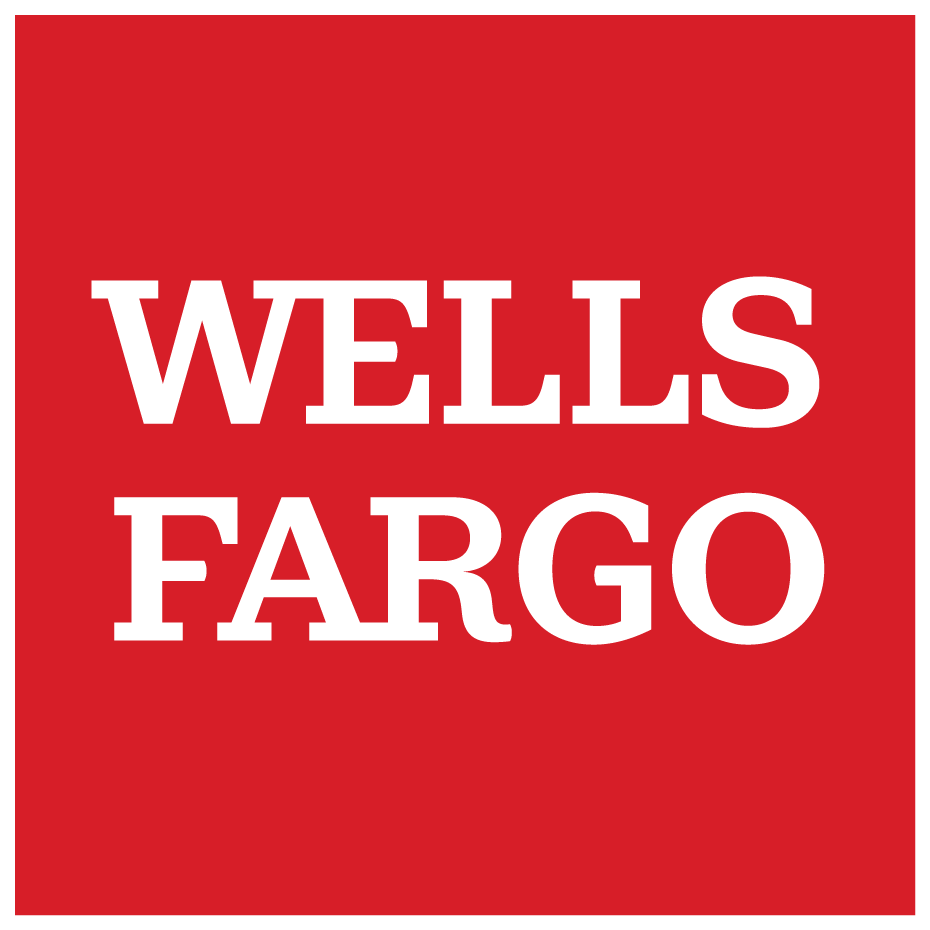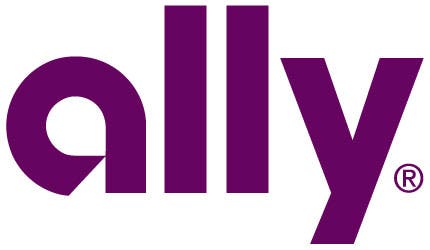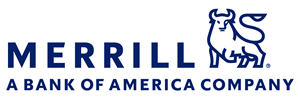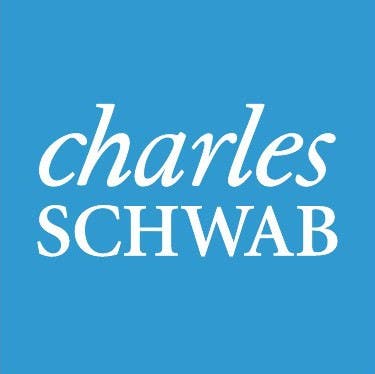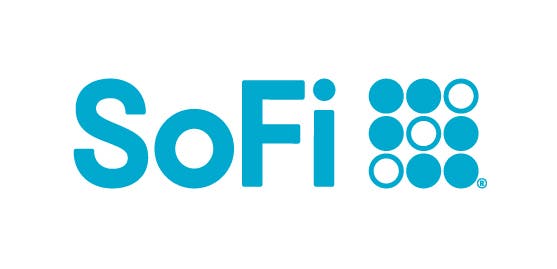Robinhood® review 2024
The Bankrate promise
At Bankrate we strive to help you make smarter financial decisions. While we adhere to strict , this post may contain references to products from our partners. Here's an explanation for .
Robinhood: Best for
- Free trading
- Options trading
- Mobile-first trading
Robinhood is taking meaningful steps to expand its offerings to investors as its reputation shifts from a gimmicky mobile app to something much more. It continues to offer no-cost trades on stocks, ETFs and options — a key feature that made Robinhood a household name and revolutionized fintech in the process. Commission-free cryptocurrency trading is also available, albeit with a built-in markup.
Robinhood has worked to shore up some of its weak spots, including customer service, where it now offers 24/7 chat functionality in addition to phone and email options. It also introduced IRA accounts in 2023, which feature a unique one percent match on all transfers and contributions. Plus, users with an upgraded Gold plan can earn a competitive rate on cash balances.
But Robinhood still falls short in a few key areas — including a total lack of mutual funds, limited account types and unclear markups on cryptocurrency — when compared to full-service brokerages. If you’re looking to stick to a financial app, Webull offers some visually appealing charting capabilities in addition to user-friendly functionality. Meanwhile, Fidelity Investments and Charles Schwab provide no-cost stock and fund trading along with stellar customer service and robust account offerings. Plus, they offer stronger research and education than Robinhood, if that’s what you need.
We want to know what you think about Robinhood
Do you have experience with Robinhood? Let us know your thoughts.
Robinhood: In the details


Pros: Where Robinhood stands out
Free trading
Stocks, ETFs, options and cryptocurrency. Check, check, check and check! You can trade them all for free on Robinhood, and that’s a huge boon to investors, especially options investors. While investors can find free stock and ETF trades at most online brokerages these days, the real differentiator for Robinhood is its free options trading.
As options traders know, it’s easy to rack up a huge bill if you’re trading in and out of the market. That’s because brokers charge a fee for each contract, typically $0.65 a pop, quickly piling on the costs. But at Robinhood? Zilch. It’s a great choice for options investors looking to get into the market.
Of course, beyond all these freebies, Robinhood allows you to trade some cryptocurrencies commission-free, too. As of our last count, you can get access to some of the biggest, including Bitcoin and Ethereum, as well as the popular Dogecoin. And you’ll be able to do so 24 hours a day, seven days a week. You can buy cryptocurrencies directly and not via futures.
Account minimum and quick funding
With no account minimum, Robinhood adds to its investor-friendly cred, but its funding process is even better. If you’ve ever tried to fund a brokerage account before, you know it can take a while to get the funds into the account, even if you move the cash in right as you’re opening the account. That’s why Robinhood’s funding stands out.
Robinhood gets some money into your account immediately. By using instant verification with major banks, Robinhood allows you to avoid the hassle of traditional verification of reporting tiny deposits into your bank account. This means the app can move up to $1,000 of any deposit into the account immediately, with the rest following a few days later. It gets you in the game faster.
Bankrate Staff Insight
“Robinhood is excellent for getting a trade done quickly with little effort, and I can get my money into the account fast so I can invest,” says one Bankrate staffer who uses the app. “I know it doesn’t have all the research that other brokers have, but I know what I want to buy and do my research elsewhere. The app is easy to use, and it’s convenient to earn interest on the cash account. I know Robinhood has a reputation for problems in the past, but I haven’t had any issue with the service or making trades.”
Intuitive mobile app
While investors can also use the web-based interface to trade, Robinhood is a mobile-first company, and so its most recognizable trading platform is the mobile app. The stripped-down app is simple to navigate, especially once you understand how the app’s icons function. You can quickly move from screen to screen, investigating stocks and placing orders.
From a convenient search bar at the top of the screen, you can pull up a stock chart. It functions smoothly and without delay, so you’re not hanging around waiting for it to load. You’ll get the stock’s vital statistics – its highs and lows, market cap and dividend yield. It also provides a news feed, a composite of analysts’ rankings, and a brief profile. If you’re ready to buy or sell, a trade button sits at the bottom of the page, allowing you to submit an order at any moment.
A simple order entry allows you to type in the number of shares or options contracts you want and shows how much buying power you have. From there, just swipe up to place the trade. You can place market orders, limit orders and stop orders along with a couple other order types.
Beyond placing trades, you can also quickly maneuver around the app to find your portfolio, account value and access a number of account management options.
Robinhood Gold
Robinhood charges $5 a month for its Gold program, which offers research on about 1,700 companies from Morningstar, Nasdaq Level II quotes, higher interest on your cash balance and margin loans at a lower cost than its standard rate.
The subscription price includes the interest on your first $1,000 in borrowing, and subsequent amounts are charged at an annual rate that depends on the Fed funds rate. So as that rate rises and falls, the cost of margin interest will, too. The broker charges loan interest to your account every 30 days. If you don’t have cash in the account to pay the monthly fee, it’s rolled into your margin balance. Potential borrowers should note that any margin account must have at least $2,000 in it, per industry rules.
With Gold, you’ll have access to a higher level of instant transfers, up to the value of your portfolio, starting at $5,000 up to a maximum of $50,000. So you can quickly move funds into your account, beyond even the basic $1,000 available to everyone.
Fractional shares
Robinhood is great for fractional shares, whether you want to buy or reinvest your dividends. You’ll be able to place a trade with as little as $1, and you can buy as little as one-millionth of a share. Robinhood also extends this program to stocks that may not be featured in partial-share programs at other brokers. Most stocks trading above $1 per share and with a capitalization of $25 million are included in the program. Robinhood’s program helps you get all your money into the market rather than having to save up enough to buy that high-priced tech stock.
Cash interest
Now that interest rates are at a 16-year high, Robinhood has upped its game when it comes to paying interest on unused balances in your account. Any customer can get the standard rate on their account, but those who upgrade their account to Robinhood Gold can get a much better rate.
With interest rates moving around so quickly, we haven’t included Robinhood’s rates here, but be sure that the rate offered by Robinhood Gold is among the highest being paid by financial firms. But because the interest rate here depends on the Fed funds rate, it will also move down when the nation’s central bank lowers rates.
IRA matching
In January 2023, Robinhood introduced what it calls IRA matching to go with its IRA. The move was a new foray for Robinhood, which offered only an individual taxable account up until that point. Now with access to a traditional IRA or Roth IRA, customers can invest for their golden years at Robinhood, too. And the company is offering a match as a bonus incentive.
Here’s how the matching works. Robinhood will give you an additional one percent for every dollar you contribute to your IRA. This amount is available to invest immediately and it doesn’t count toward your annual contribution limit, either. However, to avoid an early IRA match removal fee, you’ll have to keep the money in the IRA for at least five years from when you add it.
Robinhood really incentivizes you to move your external retirement accounts here, providing the one percent match on any retirement money transferred here with no cap. If you’re sitting on an old 401(k) account or another IRA, you could transfer that to Robinhood and collect your bonus, and it’s one of the top brokerage bonuses out there, too. For example, if you moved $100,000 from a 401(k) to a Robinhood IRA, you’d earn $1,000 – better than the best brokerage account bonuses, even from Charles Schwab.
A little gimmicky? Sure, but what other broker is offering free money for all your IRA contributions, not just the sizable ones?
24/5 trading
Robinhood rolled out 24-hour trading in 2023, extending trading hours on more than 900 stocks and ETFs. Clients can trade round the clock from Sunday 8 p.m. ET to Friday 8 p.m. ET. Stocks included in 24-hour trading include Tesla, Amazon and Apple, some of the largest and most popular names out there, among many others. If you’re trading after-hours, though, you’ll have to buy in whole shares, no fractional shares are available.
It’s a great addition for an app that is always pushing the envelope on what a broker can do.
Cons: Where Robinhood could improve
No mutual funds available
Mutual funds are one of the most popular ways for individual investors to take part in the market, but in the case of Robinhood, investors don’t have that choice. It’s another area where traditional online brokers fare well against this disruptor because they’ll offer thousands of no-transaction-fee funds and thousands of other funds, too.
Extremely limited account types
Robinhood is not a full-service brokerage, so don’t expect the same level of account types that you’d find at rivals. Only recently has the broker expanded from its lone offering — the individual taxable account — to IRAs. So no joint accounts, no 529 savings accounts, etc. That’s a real knock for investors who would like to expand their relationship but must use another broker for their other account types.
You could pick almost any other broker and find more account types than you’ll find here.
Legal infractions
Potential customers should be aware of some of Robinhood’s legal missteps in the past.
So here’s one of the secrets to how Robinhood can offer you free trades – the company is selling your order flow to high-frequency traders so that they can anticipate the market and get better prices on their trades from people like you. That is, Robinhood’s practice allows these traders to front-run you and other clients to squeeze out pennies or fractions of pennies on each trade, buying from you at a lower price and selling to you at a higher price.
The broker’s subterfuge around this issue from 2015 to 2018 led the Securities and Exchange Commission to fine it $65 million in late 2020, with the broker not admitting any wrongdoing and now saying that it has cleaned up its act.
For long-term investors, a few pennies on a trade is not a substantial issue. For those playing the short-term trading game, it does make it more difficult to scalp extra dollars off each trade.
It’s worth noting that other major brokers also rely on selling order flow, even more so now that the industry has moved to a “no commissions” model of trading. So it’s not as if Robinhood is the only broker doing this (legal) practice, though the SEC is reconsidering whether it will allow the practice to continue.
In addition, Robinhood was hit with a $70 million penalty in 2021 related to misleading customers, approving risky trades for some traders and a series of service outages.
Unclear markups on cryptocurrency trades
Robinhood advertises free cryptocurrency trades, and that’s true to the extent that you don’t pay out-of-pocket commissions for your trades. In contrast, other crypto brokers will hit you for fees that typically range from 0.1 to 0.5 percent of your trade value. But the devil is in the details.
Unlike many other brokers or crypto exchanges, Robinhood builds in a spread markup on its crypto pricing. Compared to other exchanges – which show you the actual bid and ask prices on an exchange – Robinhood effectively shows you a wider bid-ask spread. So the pricing you’ll get at Robinhood is less attractive than you’ll find at other brokers who don’t do this. How much worse is it? It’s not clear, because Robinhood doesn’t disclose the markup. And Robinhood does earn a substantial amount of profit from crypto trades, all the while not revealing how much the markup is.
This subterfuge allows Robinhood to still claim that it offers free trades, though in a real sense clients are paying for trades via that higher markup. Sometimes free may be more expensive.
Customer support
Robinhood has done a fair bit to clean up its (deserved) reputation for poor customer service. Before, it was next to impossible to get someone on the phone to discuss your account. Now, the company has instituted a 24/7 system that calls you back with a human response. The good news is that it might ultimately be more efficient, even if it takes you more time to receive your answer. It’s also opened 24/7 chat to help get you the answers you need.
Of course, you still have the options that existed before – the broker’s help page – if you have one of the many questions that are easily answered. Move only a bit outside the FAQ’s scope, however, and you may be hard-pressed to find a solution without contacting customer service.
In an age where Fidelity or Schwab can answer your questions via phone or chat in seconds while providing a helpful and friendly response, Robinhood is still behind but moving up.
Review methodology
Thank you for sharing your experience with Bankrate

